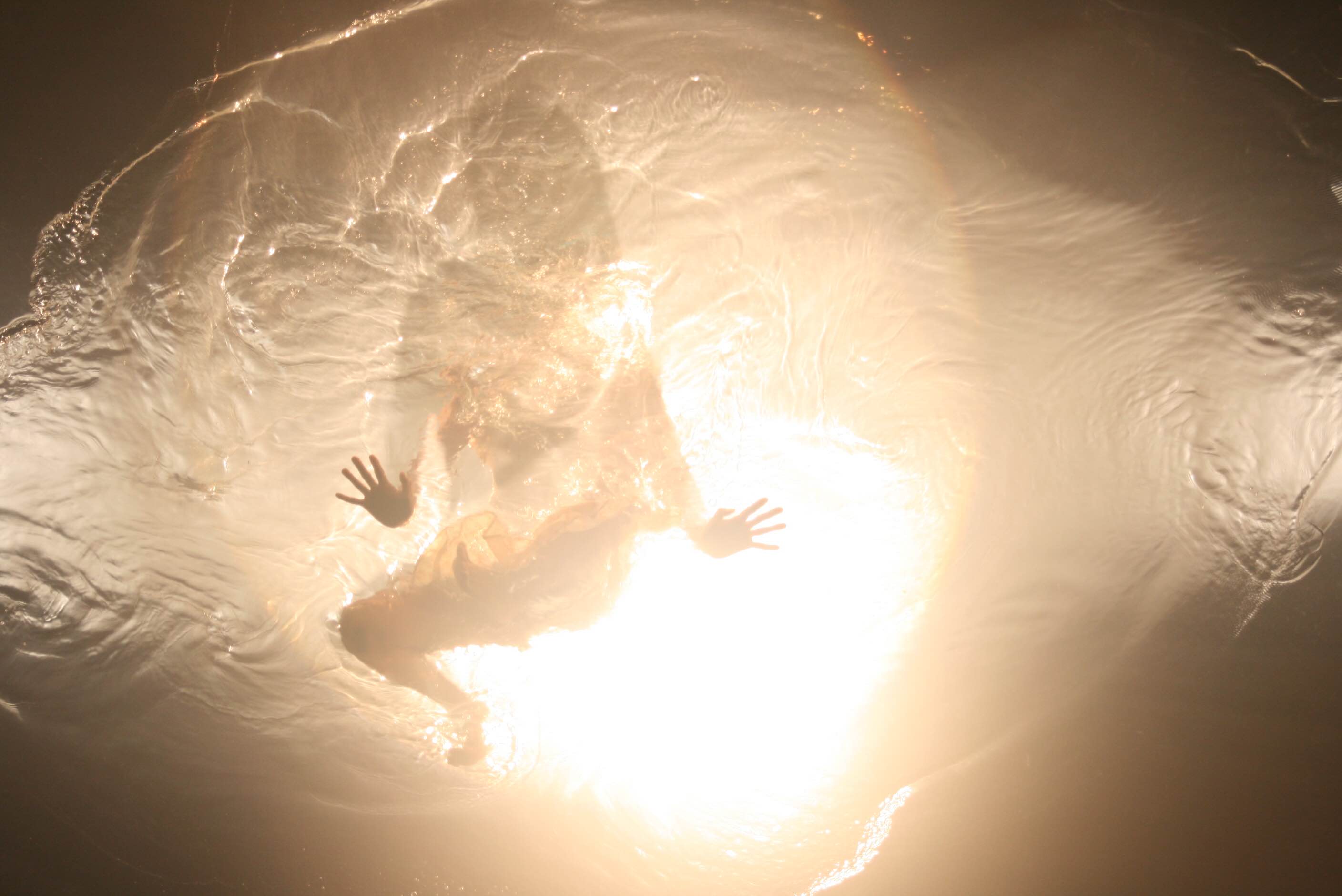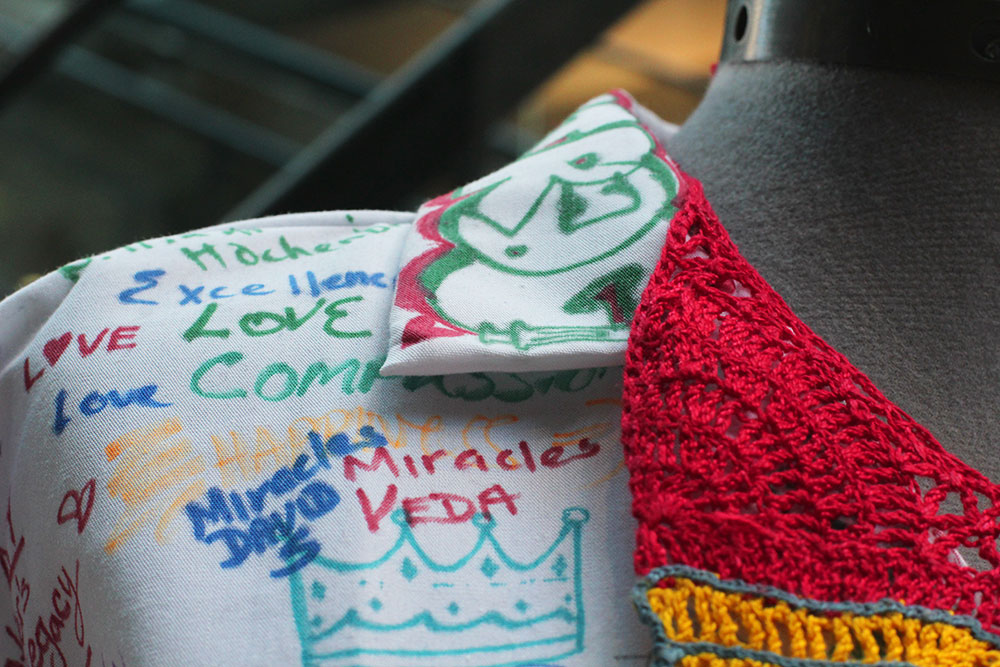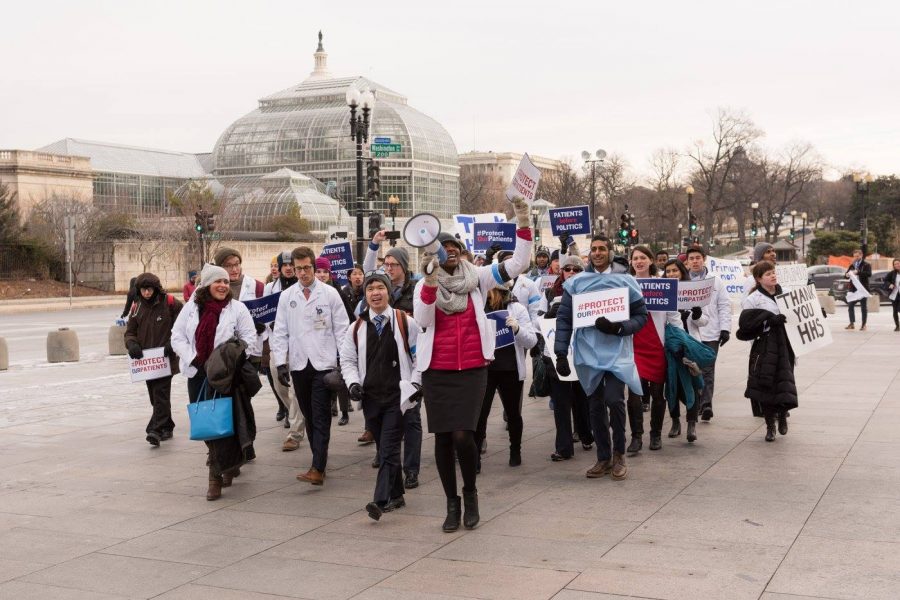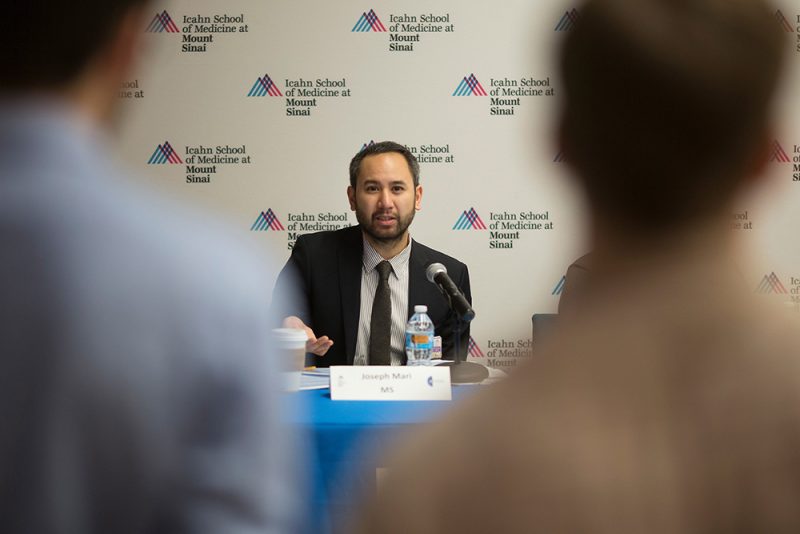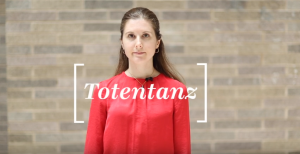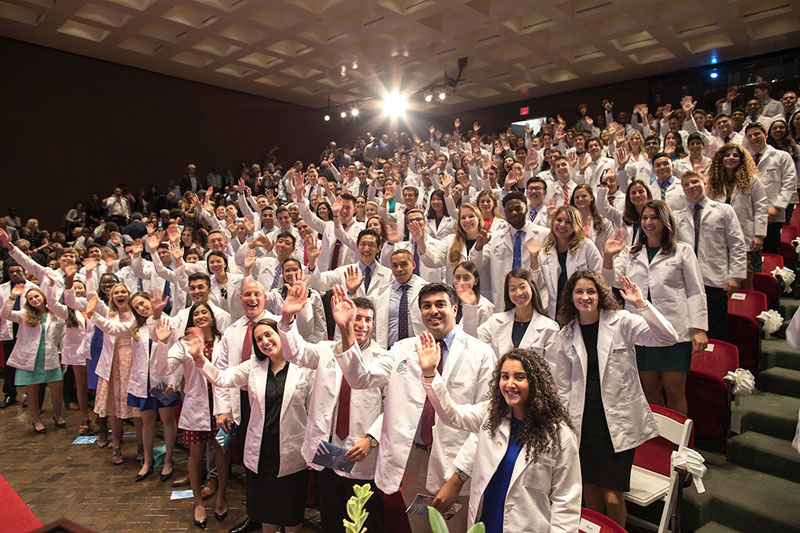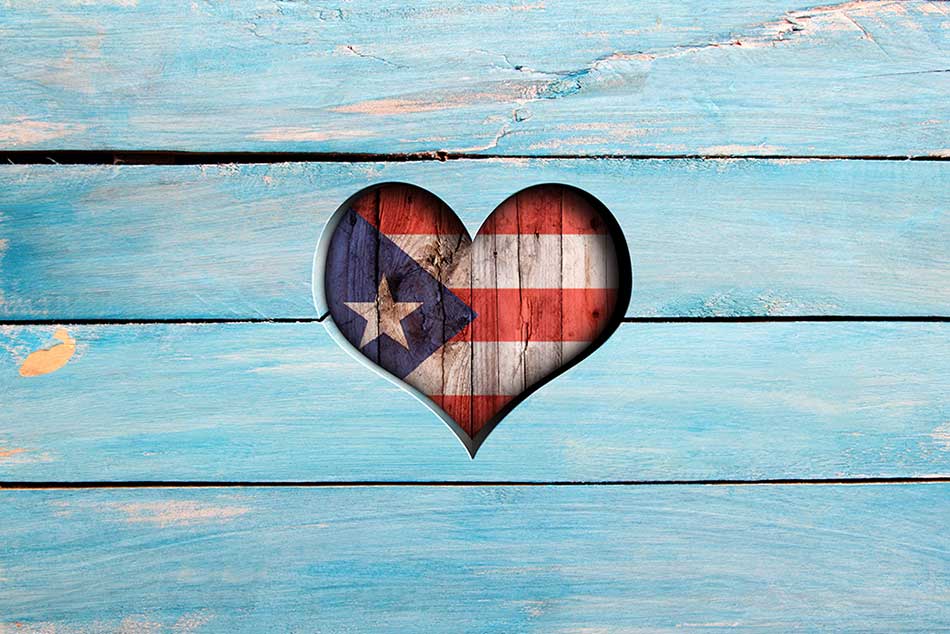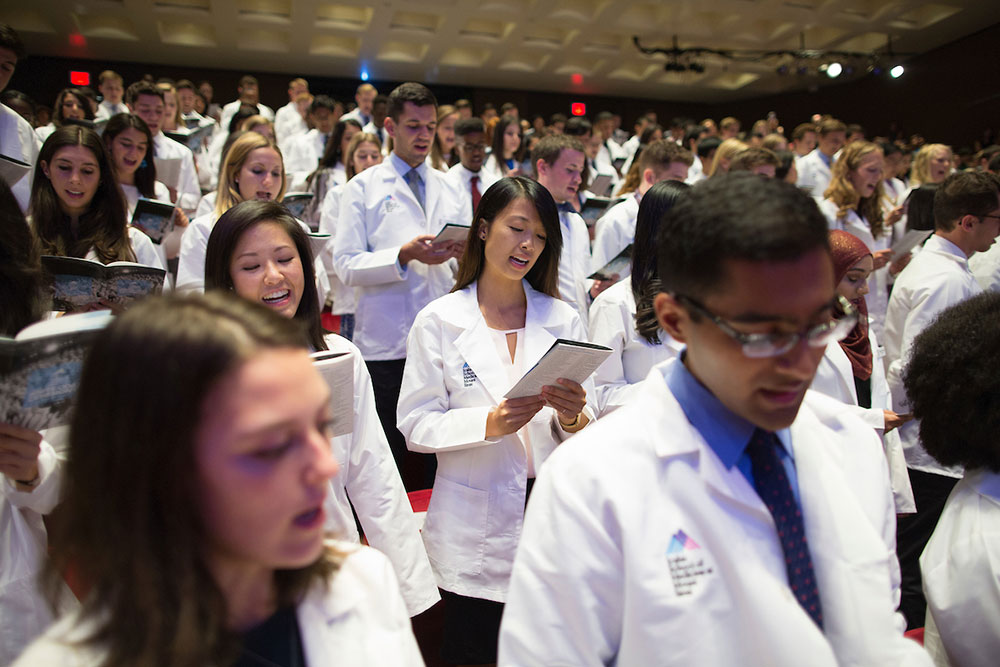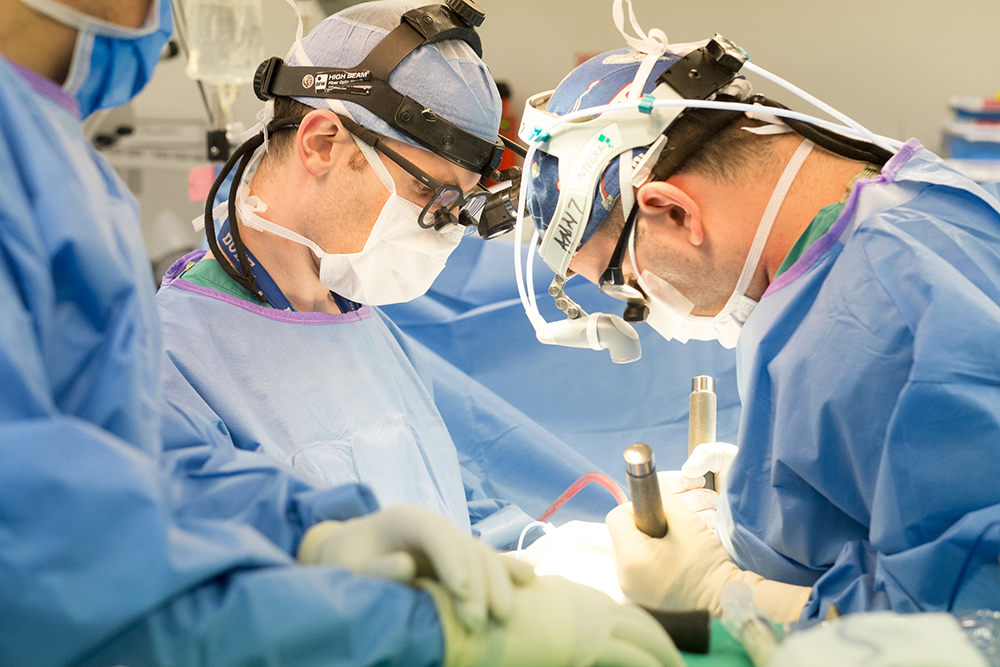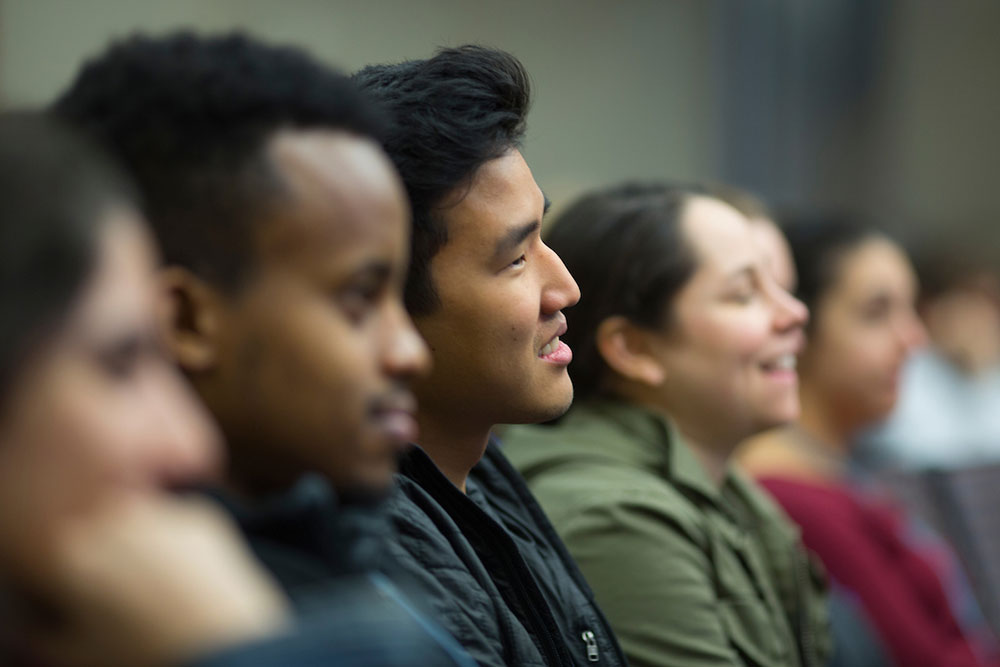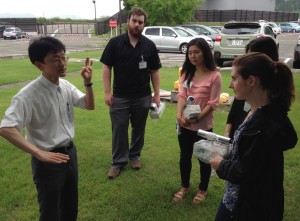 (Continued from Part 1)
(Continued from Part 1)
In Soma City, too, we saw how the tsunami had flattened the land, destroying whole communities in addition to the city’s infrastructure: the train to the regional capital in the north still wasn’t running, but a bus service was held in its place. The old fish market was now empty, with rows of unused boats bobbing up and down. At the Nagomi Care Clinic, a mental health outreach center established after 3/11, I folded paper cranes with the town’s fishermen who had lost their livelihood due to the radiation and now had little to do.
I also saw how 3/11 figuratively destroyed boundaries as well as literally. I heard about families that had to separate because of the disaster. One older woman we met in temporary housing had shared a house with her children and grandchildren before 3/11 but now lived on her own, due to her family’s radiation anxieties. Another man who had once worked for the nuclear power plant had fallen into a deep depression after the disaster and lived by himself in temporary housing in total isolation.
Just as I witnessed how the disaster had eroded boundaries, I also saw signs of hope emerging and communities reforming. Kindergarteners in straw hats walked to and from school. Teenagers played basketball outside and biked past us on the road. All around me were houses under construction. I watched the wooden frames go up in areas that had been deserted for three years. Near the coast, a new highway was being built that would connect Soma to Fukushima City.
When we returned to Fukushima Medical University, the director of our disaster medicine course offered us a bento box dinner. This one wasn’t as fancy as my extravagant Ginza box, but it was far more delicious. The foods inside were perfectly arranged, with a beautiful rectangle of rice, a square of pickled cabbage, and a small piece of fish tucked between sautéed vegetables and a wrapper filled with noodles. It was such a work of art that I was reluctant to dig in with my chopsticks.
The bento box, our course director told us, had special significance: it was made by evacuees. For me, the box came to symbolize the re-formed communities that we had seen. 3/11 may have destroyed the order that once existed, but here was evidence of the resilience of the people and their drive to establish a new order.
This process is not over yet. Just as decontamination continues throughout many areas of Fukushima prefecture, so too does regrowth and rebuilding. I’m honored to have participated in whatever small way to contribute to this regrowth. I’m also humbled to know how many people from all over Japan and abroad are willing to participate and lend support to the affected areas during this time of great transition.
 Phoebe Prioleau is an MD/MPH Candidate, Class of 2017
Phoebe Prioleau is an MD/MPH Candidate, Class of 2017


